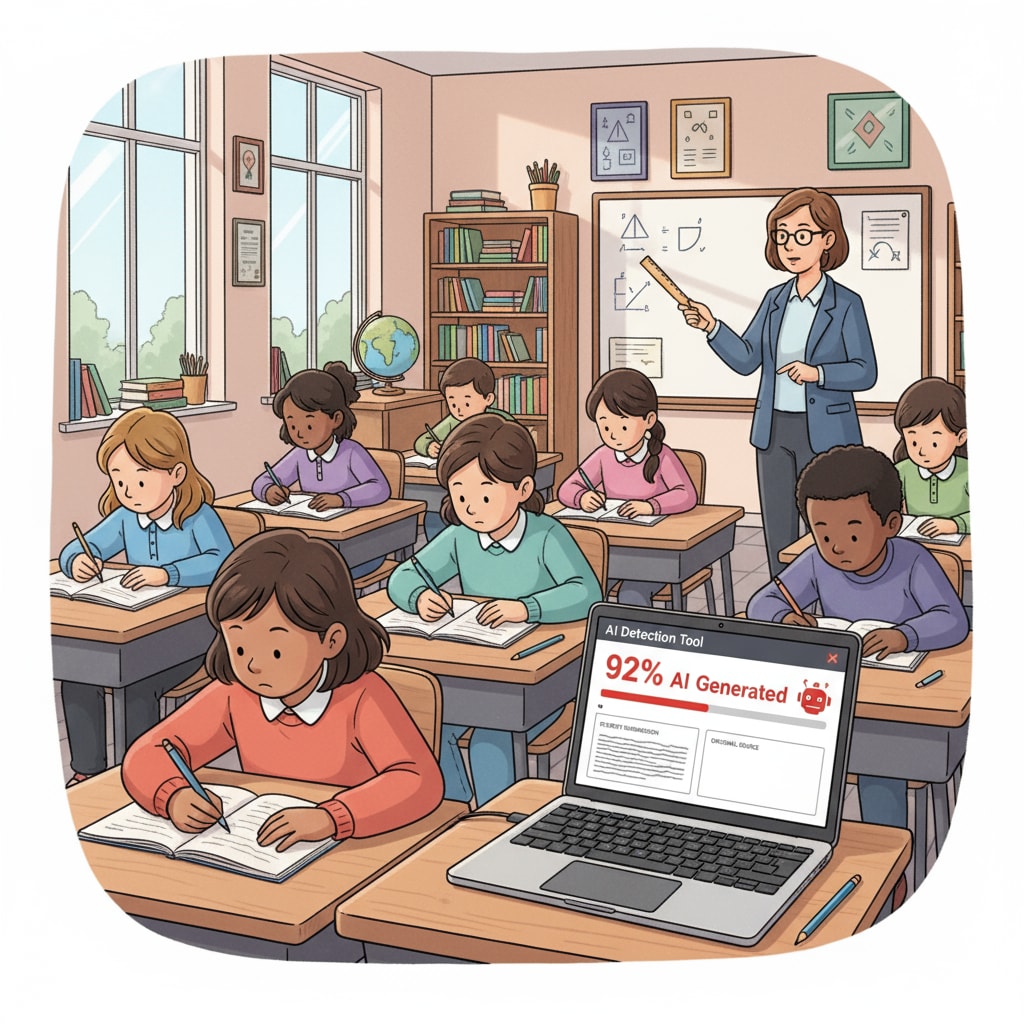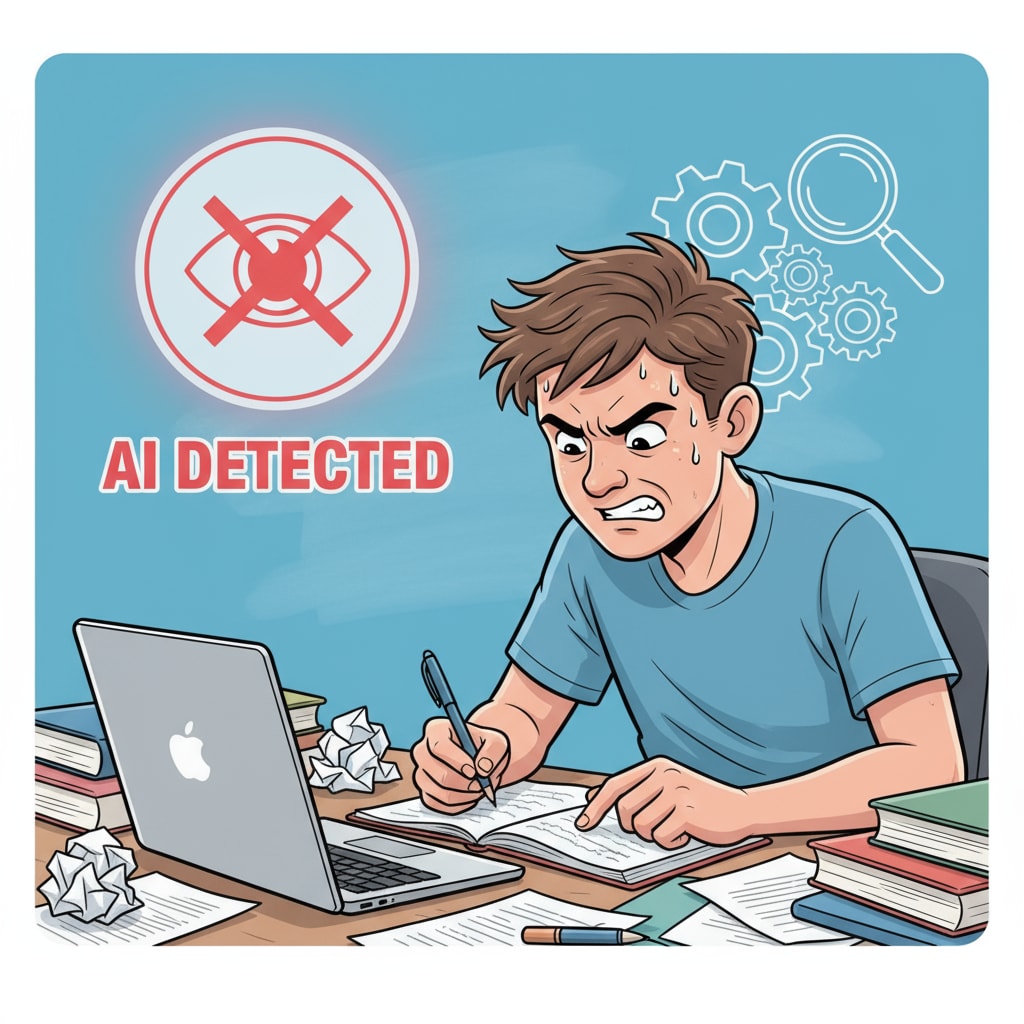In the realm of high school creative writing education, the rise of AI detection tools has introduced a complex dynamic that directly impacts student creativity. These tools, while intended to safeguard academic integrity, are having unforeseen negative consequences.

The Suppression of Original Thinking
One of the most significant issues is the suppression of original thinking. AI detection tools often operate on a set of algorithms that look for patterns typical of AI-generated text. As a result, students may be discouraged from exploring unique writing styles and ideas. For example, if a student uses an unusual turn of phrase or a creative narrative structure, the tool might flag it as potentially AI-generated. This fear of being wrongly accused can lead students to conform to more traditional and less creative writing styles. According to The National Education Association, creativity in education is crucial for students’ development, but AI detection tools are now getting in the way.
The Erosion of Expressive Freedom
Expressive freedom is also being eroded. High school creative writing is a space where students should be able to express their innermost thoughts and feelings freely. However, the presence of AI detection tools makes students self-conscious. They worry that their honest expressions might be misinterpreted as AI output. This self-censorship restricts their ability to truly open up in their writing. As Edutopia points out, a supportive environment is essential for nurturing creativity, but AI detection has disrupted this balance.

In conclusion, the over-reliance on AI detection tools in high school creative writing education is doing more harm than good. It is time for educators to reevaluate the use of these tools and find a better balance between maintaining academic integrity and fostering student creativity. By doing so, we can ensure that the next generation of young writers can thrive and express themselves freely.
Readability guidance: The article uses short paragraphs and lists to summarize key points. Each H2 section provides a clear focus. Passive voice and long sentences are kept to a minimum, and transition words are used throughout to enhance the flow of the text.


